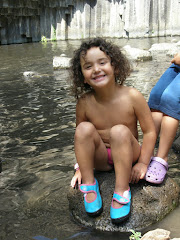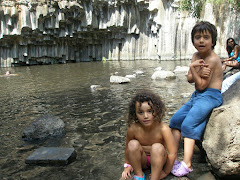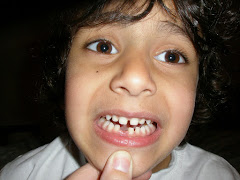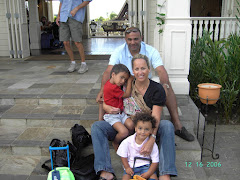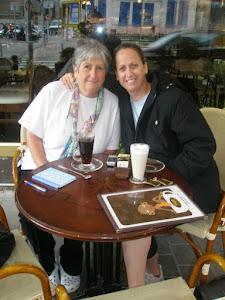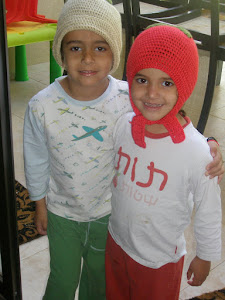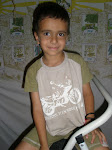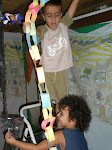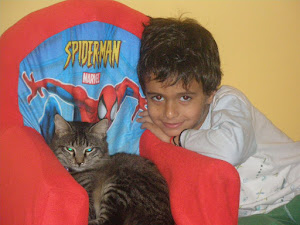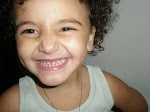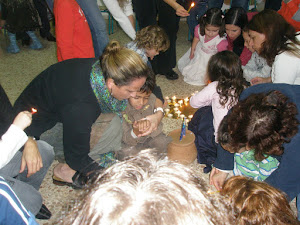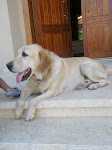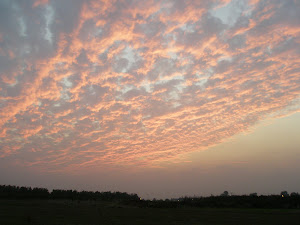Day 7 -
Menogon x 5 Amps
Cetrotide x 1
I went for the E2 (Estradiol) and Estrogen Bloods yesterday morning and went for the Follicular Ultrasound with Profman last night. Good news, there are a whole lot of little follicles, and growing nicely. I have to carry on with the Menogon until Thursday night, plus add in one more injection, Cetrotide (which prevents early ovulation), then for more E2 and Estrogen bloods and Ultrasound on Friday morning. I will phone through the results and then be told what my next step is. I expect that if everything goes according to plan, I will be told to give myself the trigger injection and then to schedule when exactly I will be going into Assuta for the egg retrieval. Full speed now!
I am going to a very famous Rebbetzin tommorrow for a blessing, the Donor is coming with me and will get a blessing from the Rabbi as well. Maybe the 'blessed' me will have more luck than the 'unblessed' me of old. Also I have booked us into a hotel in Jerusalem for this Shabbat, it is going to be really lovely, I will go to the Wailing Wall for some private 'fertility-praying' time.
My soul is on track.
HYDROSALPINX INFORMATION
"Q: In which cases does removal of the fallopian tubes improve the outcome?
A: In recent years, impressive evidence has shown that hydrosalpinx (swollen fallopian tubes, filled with fluid) can reduce chances of implantation. It seems that the reason for this is that the fluid in the fallopian tubes contains inflammatory products that leak into the abdominal cavity and damage the embryo trying to implant itself in the endometrium. In cases of recurrent failure of IVF therapy, the condition of the fallopian tubes should always be assessed using a hysterosalpingogram and ultrasound scan. If the state of the fallopian tubes is very poorly, and might affect the implantation of the embryos, the benefit of their removal should be considered. The removal of oneor both fallopian tubes is performed by laparoscopy, where a laparoscope (a fine telescope) is inserted through an umbilical incision."





